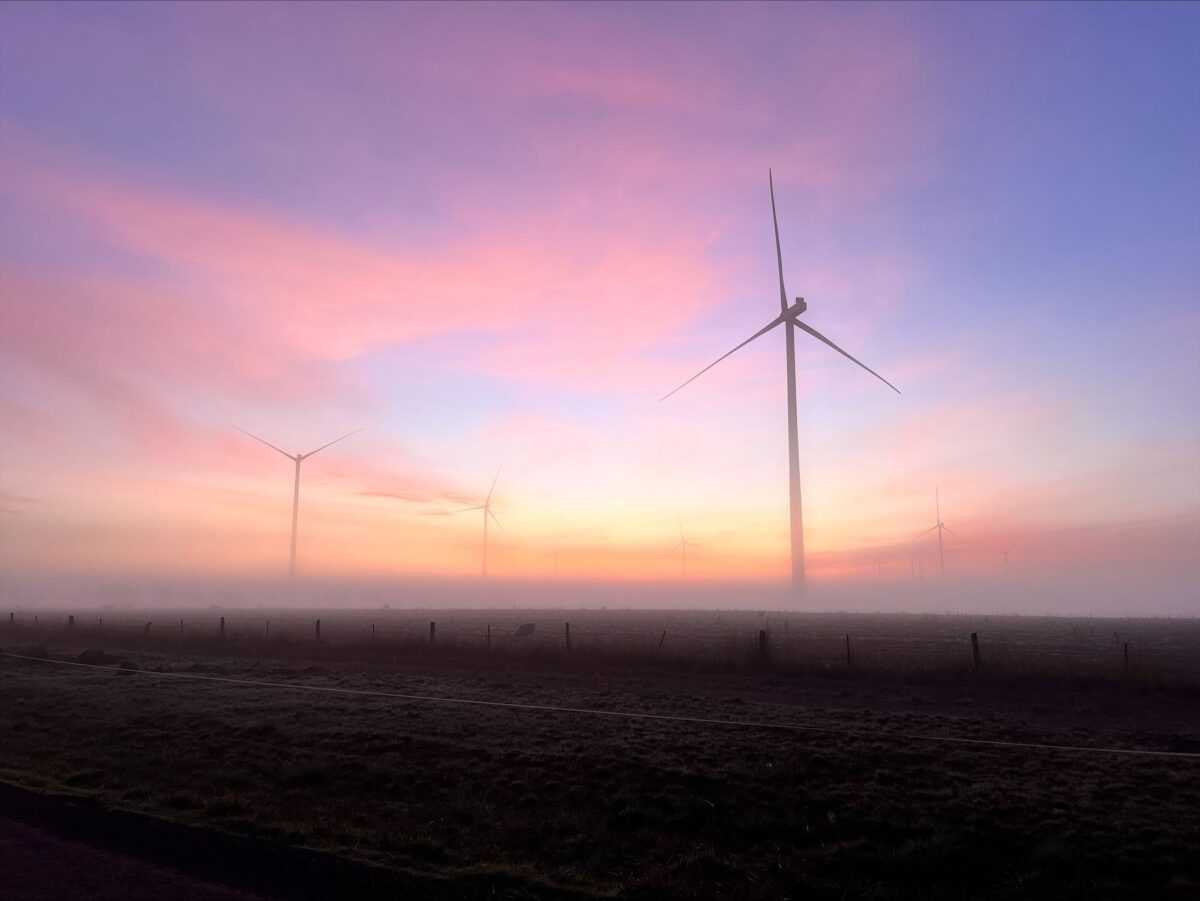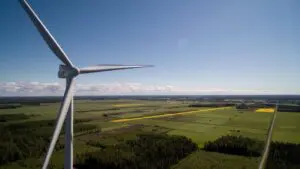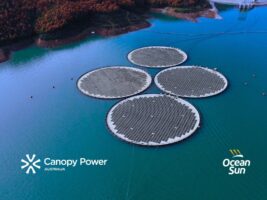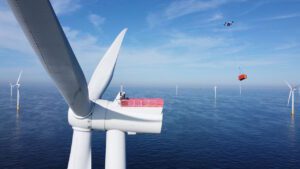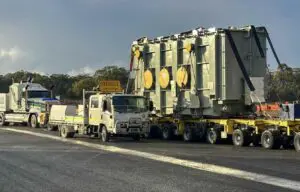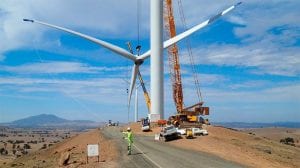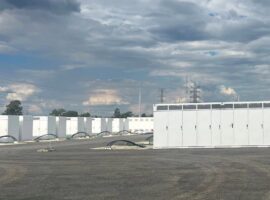Developers of wind and solar projects have already committed to $3.3 billion of new investment so far in 2024, more than double the figure for the whole of the sector’s annus horribilis in Australia in 2023.
The majority of this came in the second quarter when developers committed to $2.2 billion of projects, mostly thanks to TagEnergy securing funding for the $2 billion second stage of the 557 megawatt (MW) Golden Plains Wind Farm, according to the Clean Energy Council’s latest quarterly investment report.
Australia’s biggest year for investment in large scale generation was 2018, when funders committed $11.8 billion to building out new wind and solar power.
However, even though developers said yes to 1.6 gigawatts (GW) of wind and solar capacity in the first half of 2024, a huge ramp up in the second half will be required to reach the annual target of 6-7 GW needed to meet Australia’s 82 per cent renewable generation goal by 2030.
New data released by the Australian Energy Market Operator in July shows how the dire levels of investment in 2023 are having ramifications this year.
In June, just one project was registered on the National Electricity Market, and that was 43 megawatt (MW) bio-gas project at Hastings in Victoria.
And while the Clean Energy Council report suggests generation might be turning a corner – the June quarter was only the third worst three month period for projects reaching financial close since mid 2017, with only 2023 and 2020 logging lower numbers – it’s early days yet.
It blames the legacy of a decade of under-investment in our transmission network, higher financing and supply chain costs, and the complex planning and environmental assessment processes in some jurisdictions, for the challenging conditions.
“In addition, many investors are also awaiting the outcomes of the first competitive tender round of the extended Capacity Investment Scheme.”
By the end of June, there were $33.7 billion of large scale generation and storage projects that had either reached financial close or were being built – some 128 projects in total.
New South Wales (NSW) is where a third of all projects are located, followed closely by Victoria and then Queensland.
The numbers again show how powerful the storage story still is, as 84 of these projects are in generation with 12.8 GW of capacity. But the remaining 44 are storage projects representing 8.8 GW / 21.8 GWh.
Battery storage a clear winner
The breakout star was, again, large scale battery storage.
In the second quarter alone six projects with 573 MW/ 2,047 MWh of capacity reached financial close, with the largest being the 300 MW, four-hour Stanwell Big Battery in Queensland.
The total investment was $937 million.
Developers broke storage capacity records last year by bringing 21 projects to financial close and commissioning seven, and the current numbers suggest the run is continuing, says Clean Energy Council CEO Kane Thornton.
“Strong investment in new renewable energy generation is critical to driving down power prices and ensuring energy security for Australia,” he said in a statement.
“With governments, regulators and industry working to overcome the barriers to new investment, we remain confident that this will deliver the certainty necessary for further uptick in new investment in the near future.”
Generation game
The other side of the story is wind power, despite it being the most difficult form of power to get through the planning process.
Despite the second quarter of 2024 being the third worst quarter since mid 2017 for generation, with only three projects reaching financial close, the Clean Energy Council report suggests the sector might have turned a corner.
Wind power made up 1.2 GW of the 1.6 GW of projects that have reached financial close in the first six months of 2024, mostly thanks to Golden Plains which is the third largest wind project in Australia secure finance, behind the MacIntyre Wind Farm (1,026 MW) and Golden Plains Wind Farm Stage 1 (756 MW).

